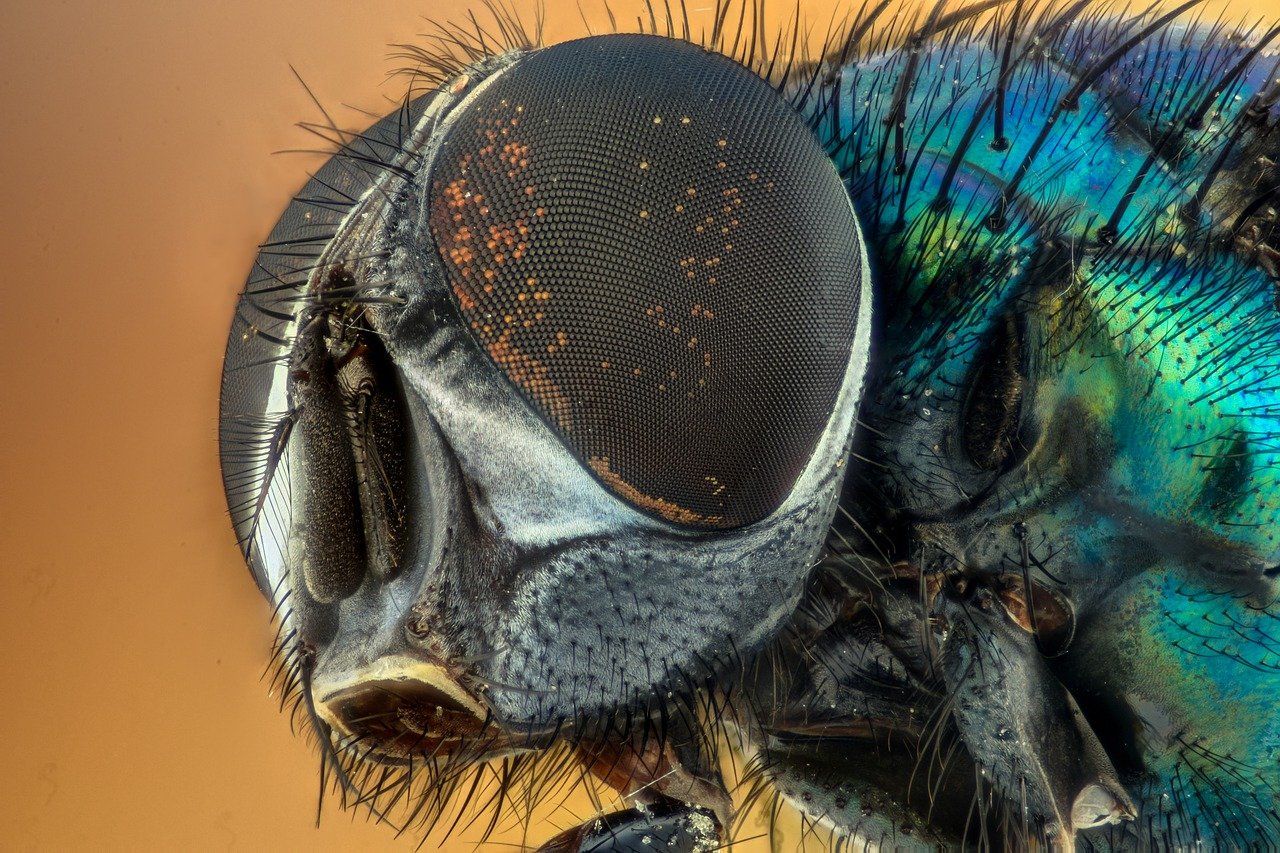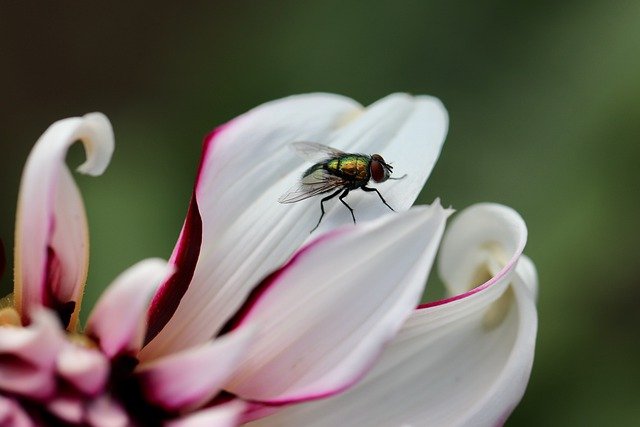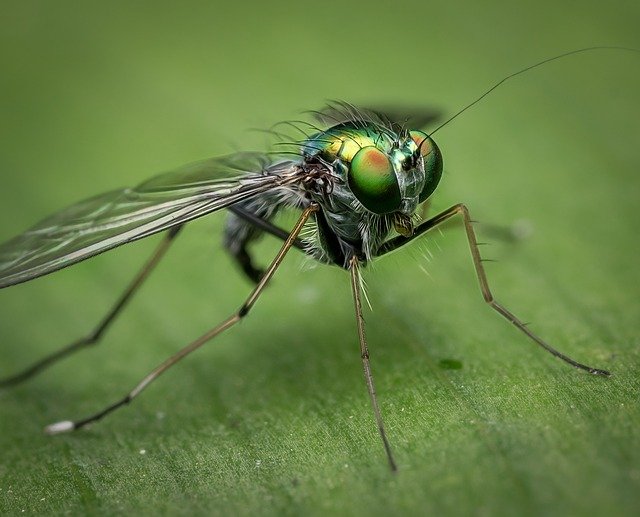Why Are Flies Important To The Ecosystem? What is the significance and importance of a fly? Distribution of flies on earth.
FLY; any of a large order of widely distributed insects, many of which are serious pests of man, livestock, and crops. Although only members of the order Diptera are true flies, the name “fly” is often applied to other kinds of insects. The firefly, for example, is actually a kind of beetle, and the ichneumon fly is a wasp.

The number of species of flies is estimated at between 60,000 and 100,000. The house fly is probably the most familiar member of the order. Other well-known flies include bot flies, horse flies, mosquitoes, midges, gnats, tsetse flies, and fruit flies.
The single outstanding characteristic common to flies is the presence of only one pair of wings. Nearly all other types of insects have two pairs of wings. In flies the structures corresponding to the hind wings of other insects are halteres, special knobbed organs that provide stability during flight. Only a small number of flies lack wings, and some of them also lack halteres. These species can usually be recognized as flies only by experts.
Importance.
All biting flies can be harmful because they may transmit disease-causing organisms. Mosquitoes may transmit the organisms that cause malaria, yellow fever, encephalitis, and elephantiasis. Black flies may carry the parasitic worms that cause blindness, and house flies may spread many types of bacteria that cause disorders of the skin and intestinal tract. The larvae of many flies penetrate the skin of man and other animals, including cattle, sheep, and horses. The larvae of other species attack growing plants and fruits, sometimes causing severe damage to crops. Among the most serious of these pests are the Hessian fly, the cabbage-root fly, the onion fly, and the many fruit flies that attack citrus and other types of fruits.

Not all flies, however, are harmful. Some, such as the tachinid flies, are beneficial because they parasitize harmful insects such as the gypsy moth. Others are useful as pollinators of flowers, and many fly larvae are scavengers, feeding on decaying plant and animal matter. One type of fruit fly, Drosophila melanogaster, is widely used in genetics laboratories, and experiments with this species of fruit fly have provided valuable information about the functioning of genes and chromosomes.
Read : Information About The Pollination By Beetles – Insects
Distribution.
Flies are among the most widespread of all insects. They occur in every continent of the world and in every climatic zone. Some flies are highly adaptable to cold; the snow fly can remain active at temperatures as low as about 14° F ( -10° C). At the other extreme, the larvae of the Ephydridae can live in hot springs that have high concentrations of sulfur or salt. One unusual ephydrid fly is the petroleum fly, whose larvae live in pools of crude petroleum.
Most flies are found in temperate and tropical regions. In the tropical rain forests relatively few flies are found in the darkness near the ground, although some midges flit about in the shade and sand flies lurk among the buttress roots of the tall forest trees. The Brazilian rain forest is the home of the large, often brightly colored mydas flies. The adults may be more than IV2 inches (37 mm) long, and their large larvae are sometimes a pest of timber trees.

In temperate as well as tropical forests many flies are found at clearings, paths, river and stream beds, and at the edges of the forest. Unlike the shady portions of the forest, these areas have many flowers and other low-growing plants on which the flies feed. Grasslands, such as the prairies, steppes, and pampas, have relatively few flies except when flowers are plentiful. Deserts and semidesert regions have a wide range of flies, and swamps often have large fly populations, especially flies with aquatic larvae. Among the flies often found in swampy regions are mosquitoes, biting midges, black flies, horse flies, and deer flies.